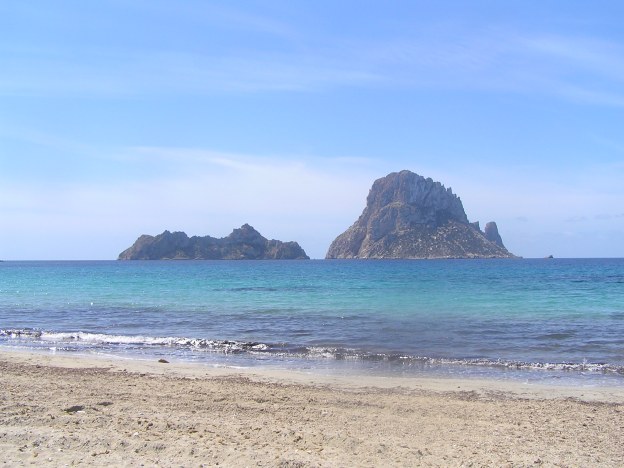There have been few weeks I haven’t upload a map in the blog so this week I thought I will talk about conferences, or “scientific travel”. These are different from project meetings (see post “What oceanographers do”), not all the people work in the same project. Some conferences host a small number of scientist and some are huge (the biggest I have been was this year in Hawaii and we were just under 5600!!). Some are really specific (for example, focus on calculation of a constant the control air-water interchanges) and some are really general (Ocean Science Meeting: http://www.sgmeet.com/osm2014/).
I have to admit that (mostly during my PhD) the decision to go or not to a conference was more dependent upon where the conferences were held than on the scientific content. There is a phrase in Spanish that says “para viajar sin dinero, marinero” that means “to travel without money you should become a sailor” so we have to add scientist to sailor. Well, at least with less money, so what I normally do is stay some days before or after the conference visiting around. I convince myself that it is good for my CO2 foot-print, it’s not worth travelling to the other end of the word just to be inside a dark room or conference building. The last international conferences I attended, I invited my dad to join me so we could enjoy holidays together, otherwise it would be really difficult to organize. He is my best judge when I do my presentation, even if he has no idea of English.
In total I have been to 15 different cities because of conferences (some cities, like Gran Canaria I have been twice). There are some conferences that you are unable to attend but some colleague can. So, you send your poster with him/her or he/she presents a work you have done together. Even if they are in my CV, I will not put these on the map because I haven’t been there physically.
One big part of what we do during a conference is similar to project meetings: room/coffee/room. Another important part of the meeting is poster sessions. When you have a poster, you arrive with your big printed poster; not all the people you see in the airport with poster tubes are architects. Although lately some conferences offer you the opportunity to print on site or you can print in textile so you transport your poster like your t-shirts. Then you located the spot you have been assigned to display your poster and in the time you’ve been allocated, you stand in front of your poster hoping someone will stop by and discuss your work. Most of the time you have really nice discussions with other people, because the clock is not pushing against you like in a presentation and you are normally more relaxed with time to talk one-one than in front of an audience (except if this one is a big fish, then your heart rate also speeds).
Finally, another important thing to do during conference is networking: you try and talk with people in whose work you are interested (and match a face with a famous name you have been reading a lot!). Or because you are interested in working with them or have been reviewing some of their work… If this talking can be with a beer (or two) and as an early career move you manage to impress this person that they remember your face for the next conference, you have been successful (or they remember your name, that will be even more of a success).










